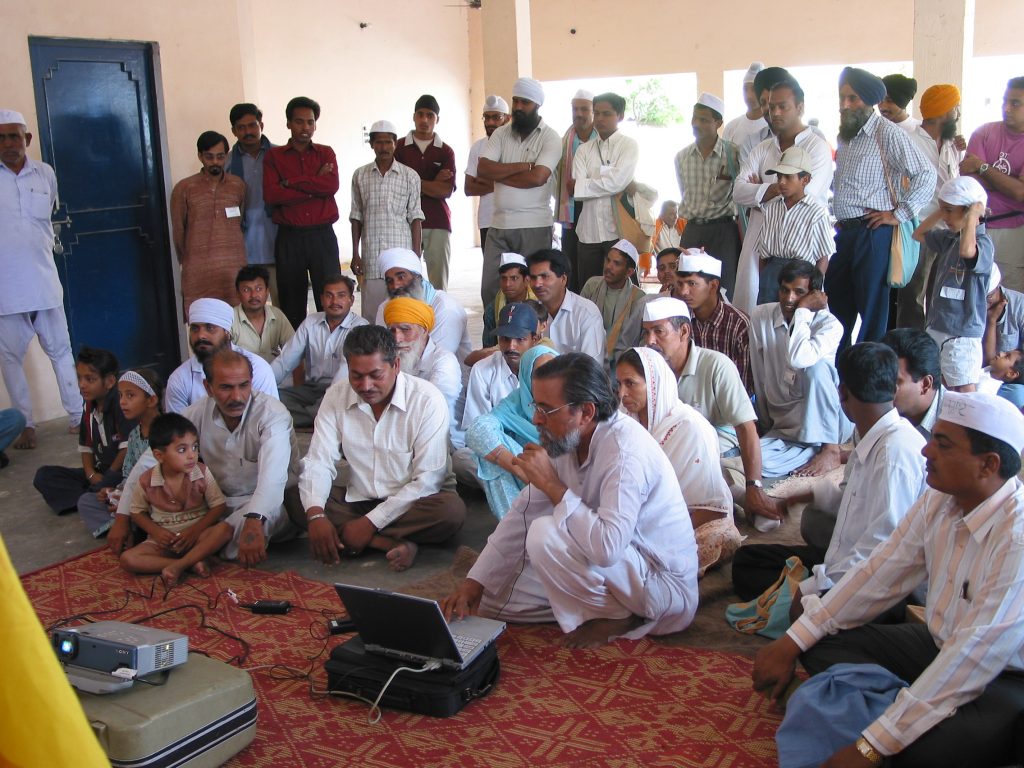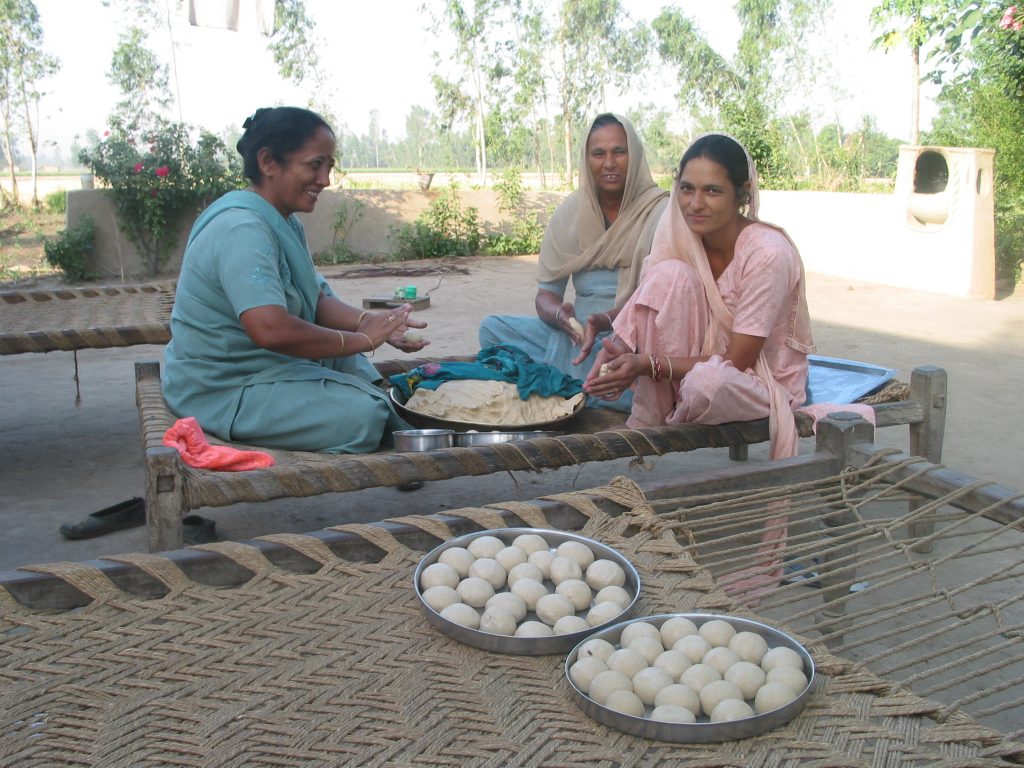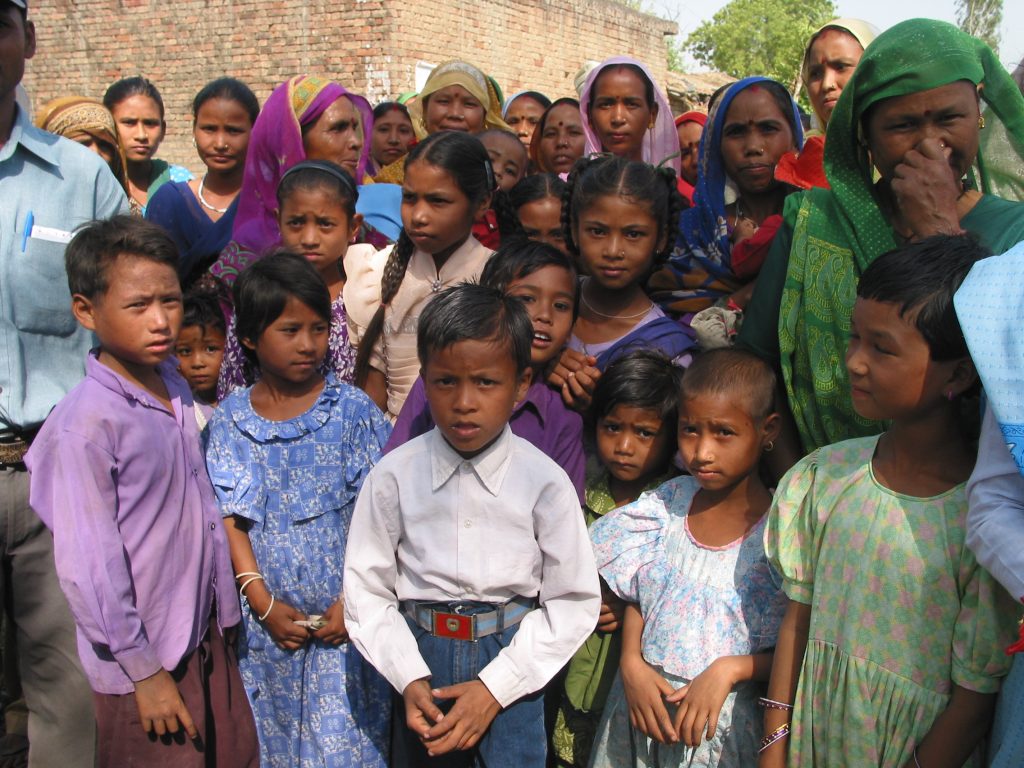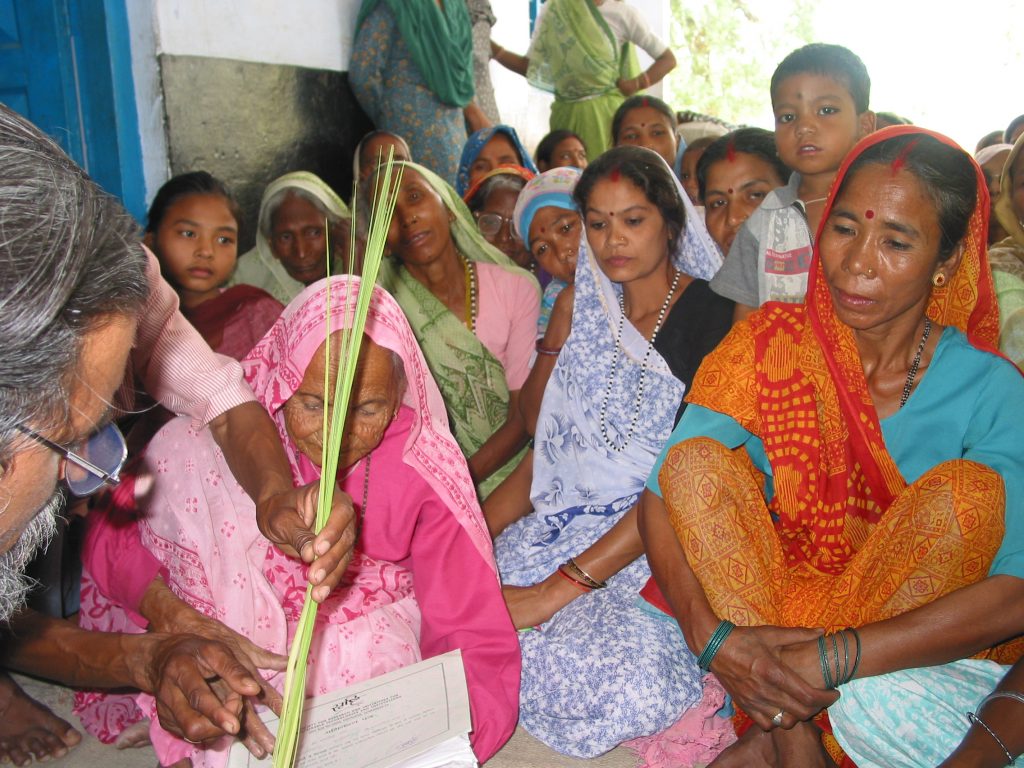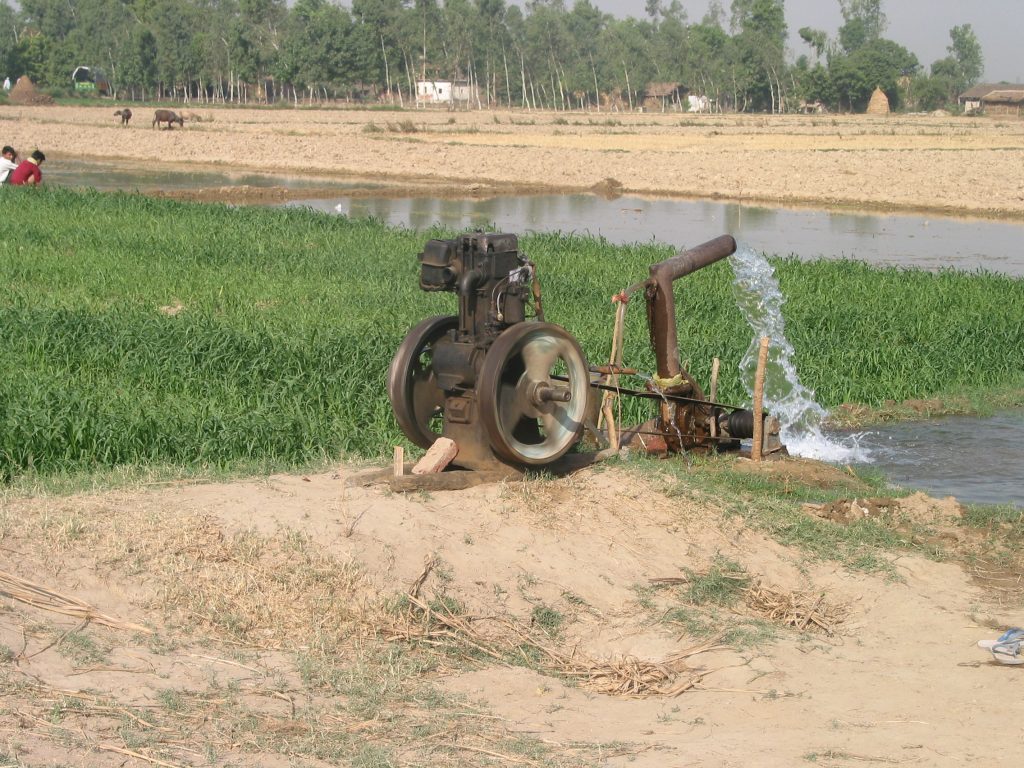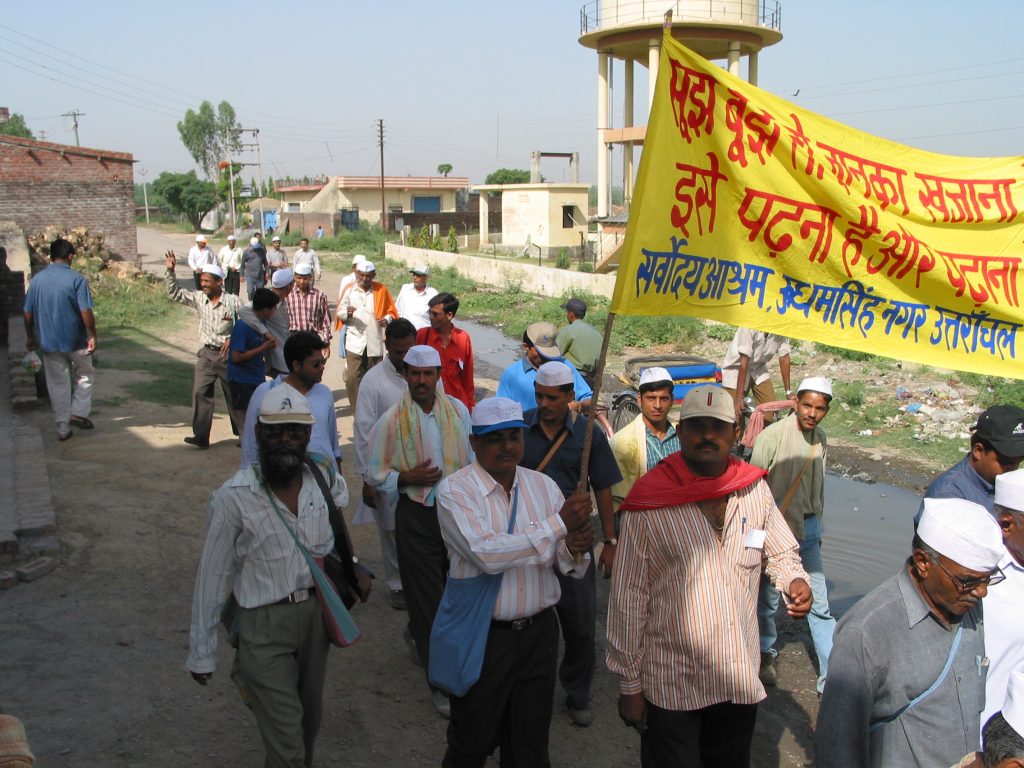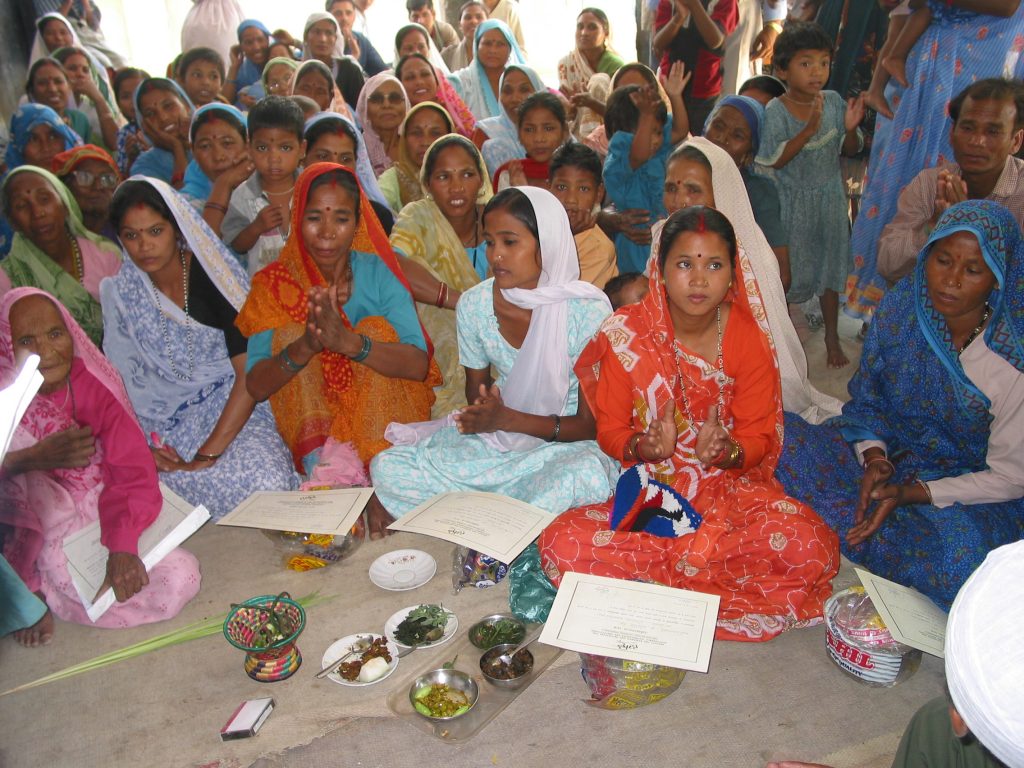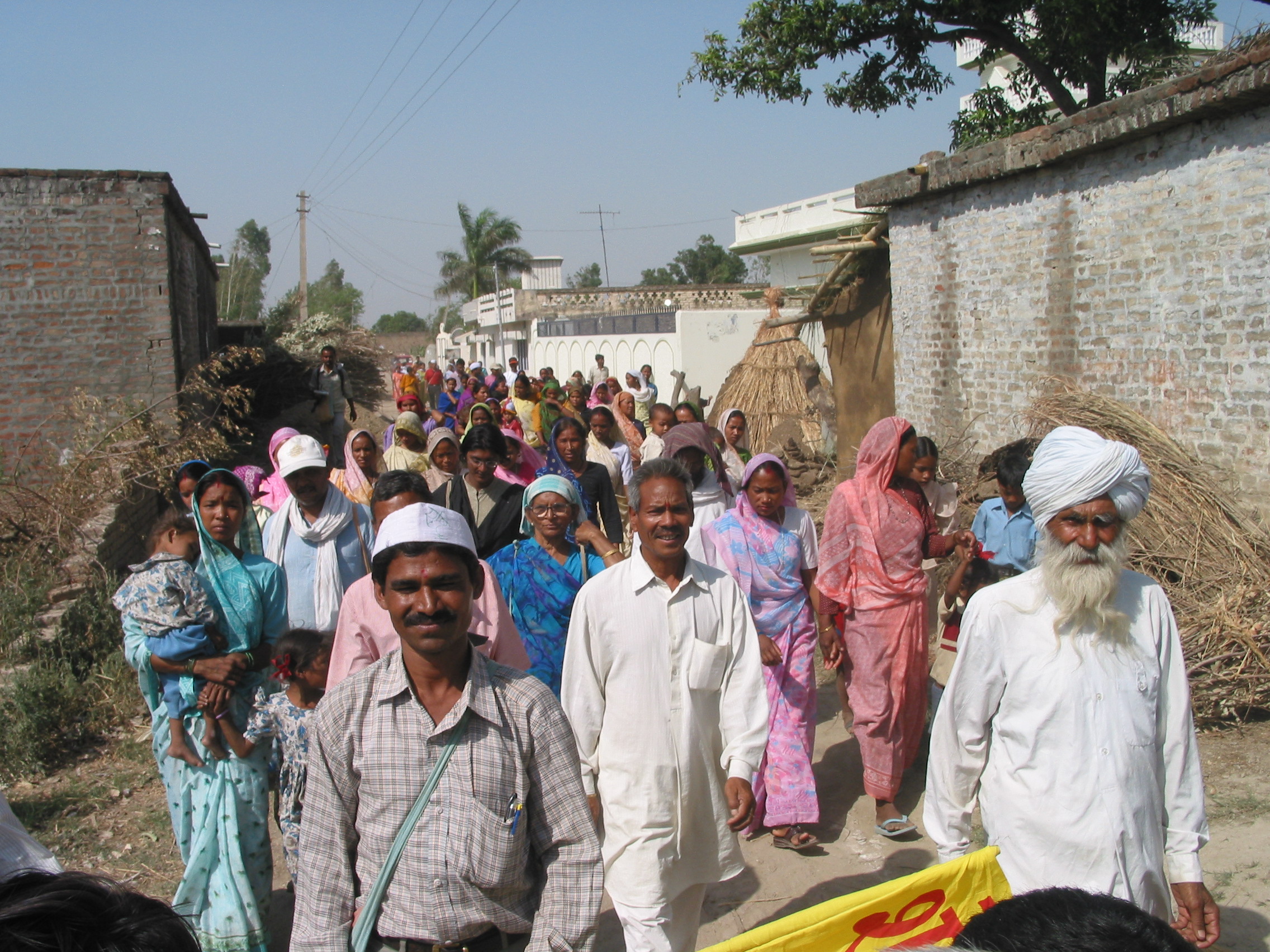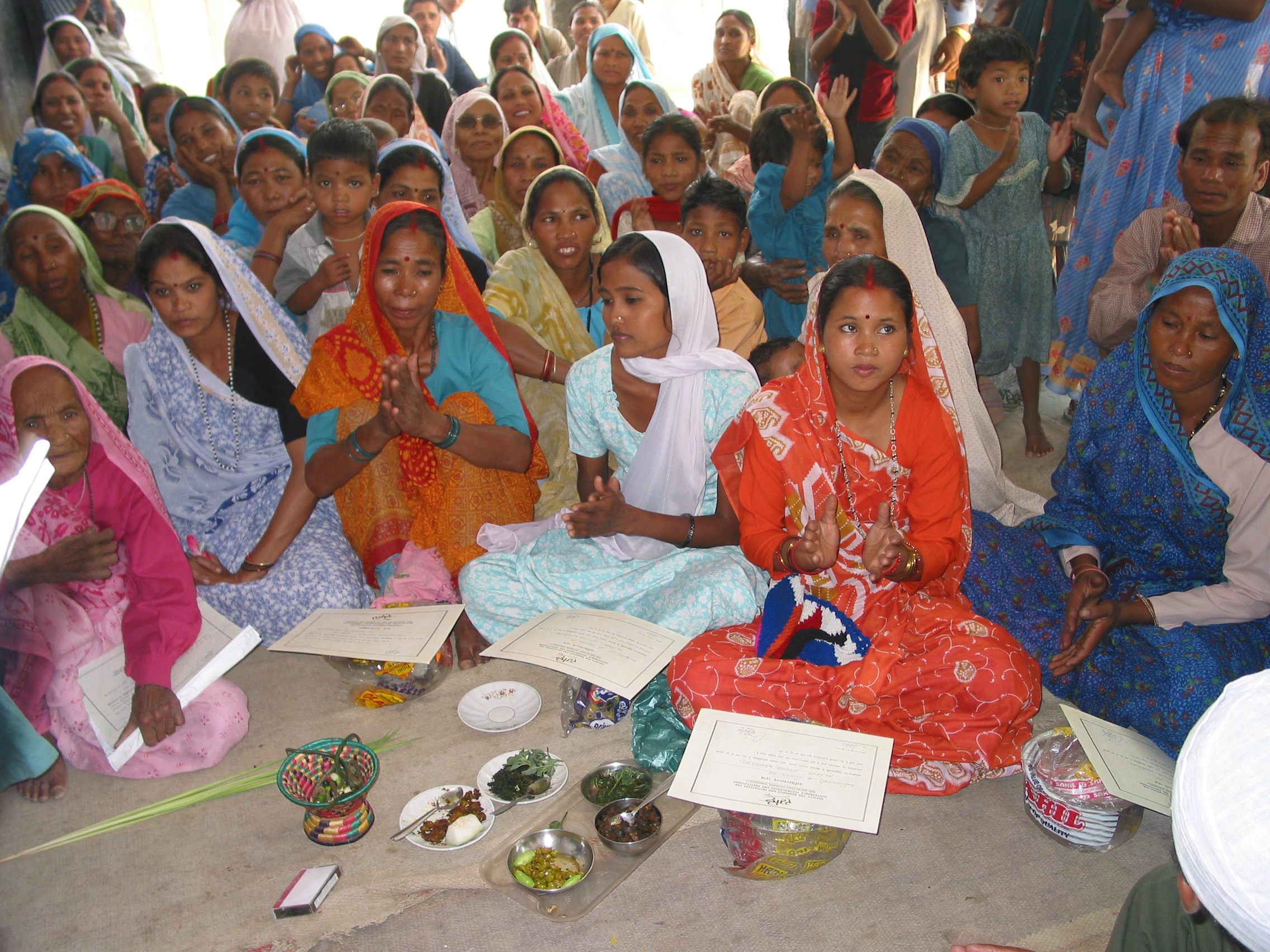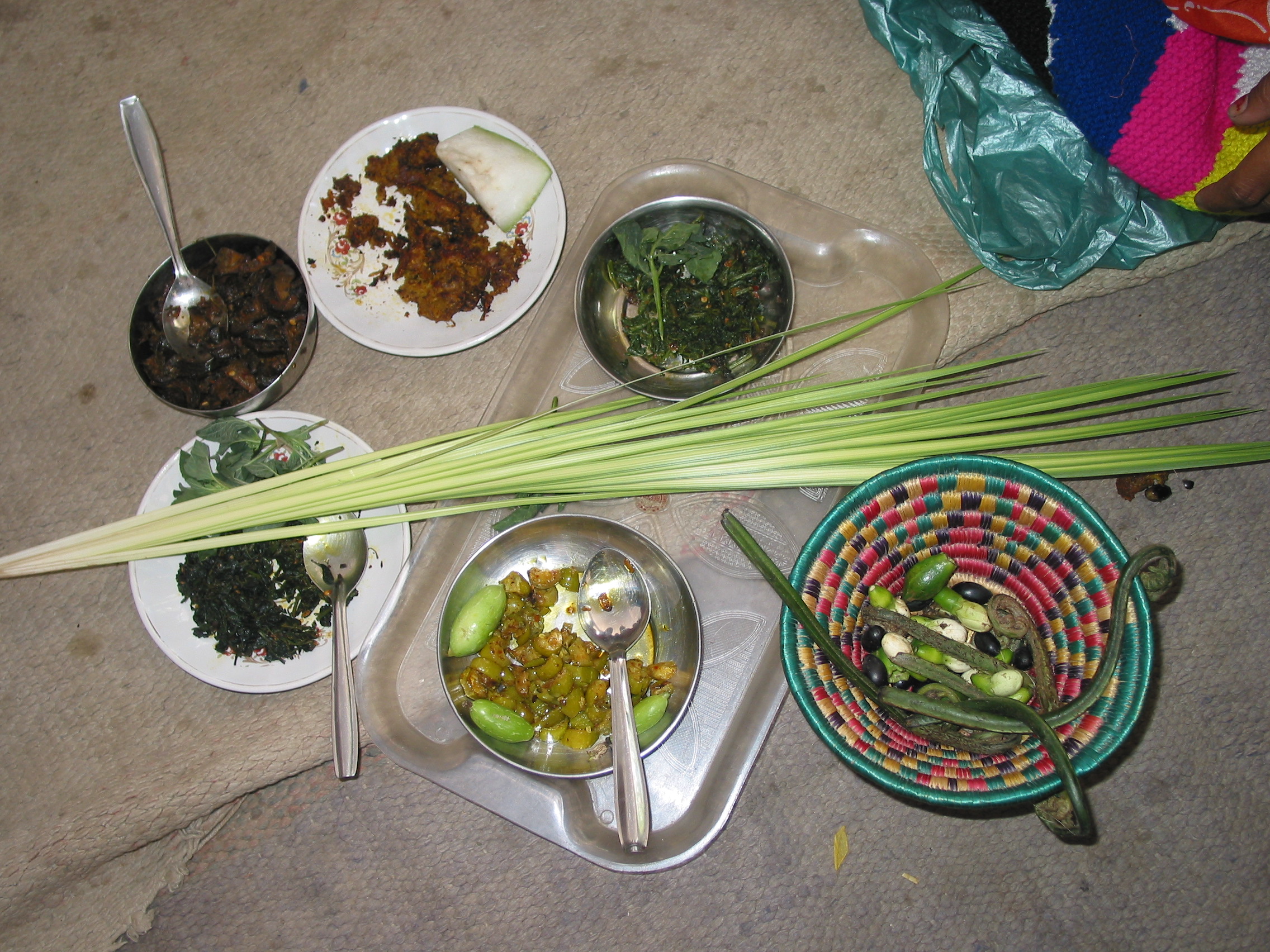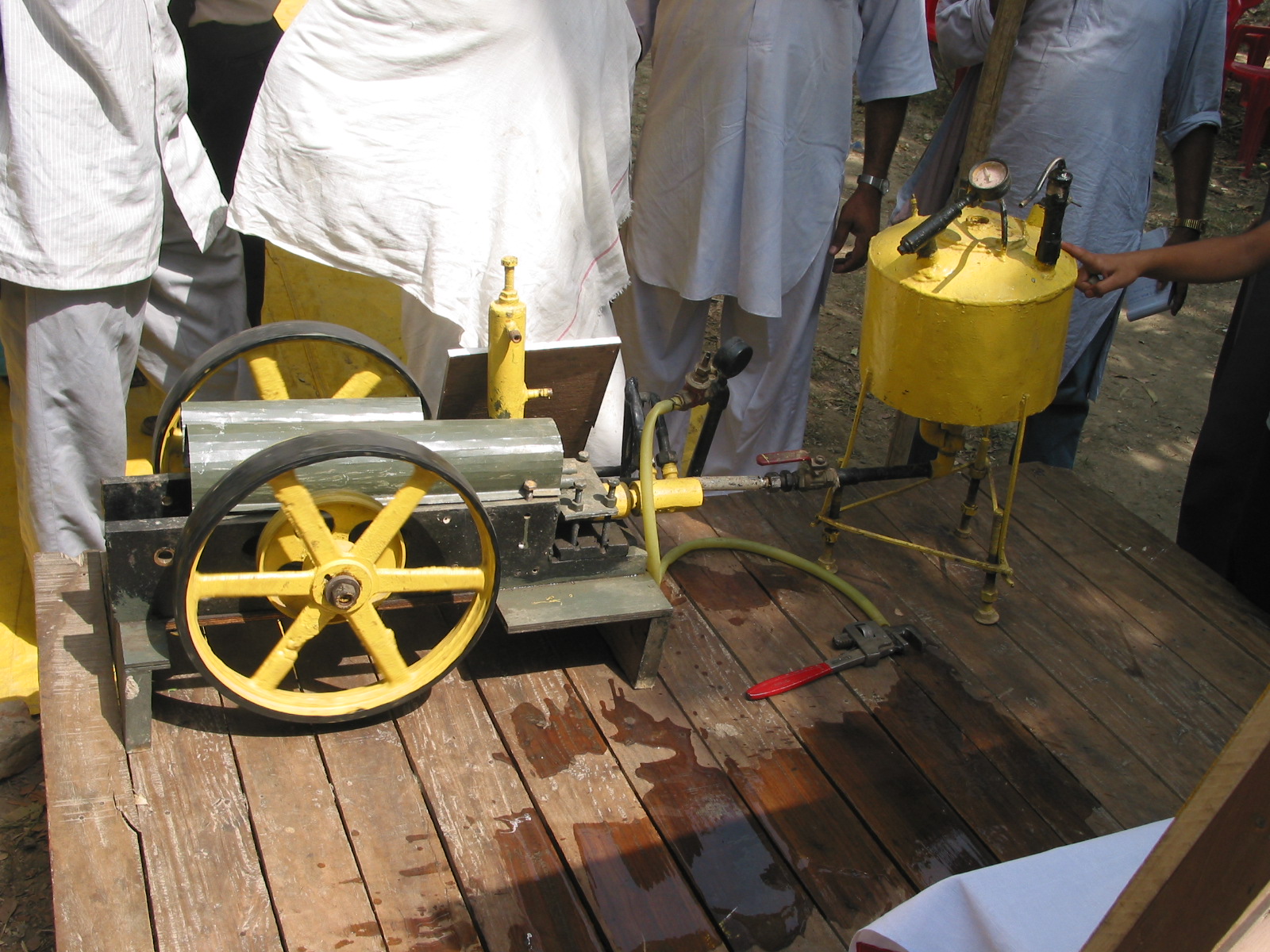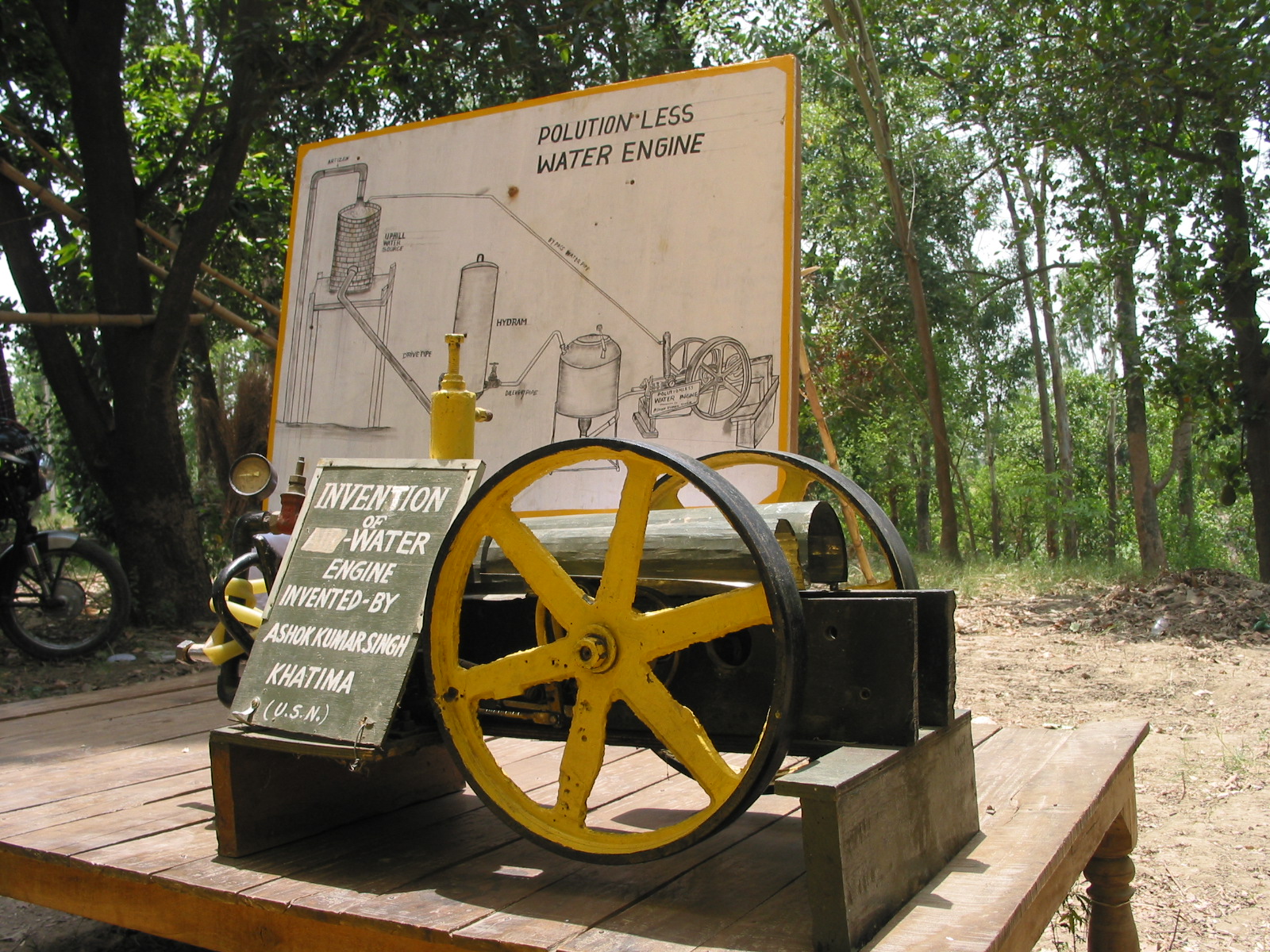Get Next Shodhyatra Update:
Phone:
079-27913293, 27912792
Email:
shodhyatra@sristi.org
11TH SHODHYATRA, GOKULNAGAR TO BITODI (UTTARANCHAL)
SPREADING HONEY IN THE LAND OF ORGANIC FARMING
The 11th shodh yatra took place in the Terai region of Uttaranchal and parts of Uttar Pradesh from 26 May to 4 June 2003. The travellers walked through big farms which make huge profit on organic farming. The other notable aspect of the yatra was participation of women in its different activities. Catch a glimpse of the yatra through the notebooks of Priya, a traveller from a non-governmental organisation, Samnvaya, from Tamil Nadu, and the freelance journalist Sidhartha Guha.
The concept of shodh yatra and its execution entered in the 6th year of their existence in the last week of May 2003 when the Uttaranchal collaborating organisation of the Honey Bee Network, Sristi Gyan Kendra, organised the 11th yatra in Udham Singh Nagar district of Uttaranchal and Pilibheet district of Uttar Pradesh. Travelling across a distance of 130 kilometres in the tarai region of Uttaranchal and creating awareness for the causes supported by the network, around 100 shodh yatris joined the yatra on different days. As it has happened in the past the yatris came from different regions of India and age groups. The youngest traveller was four years old and the oldest around 74 years old.
BACKGROUND OF THE AREA
Kamaljeet Miglani, the Uttaranchal collaborator of the network, feels that Udham Singh Nagar is a very important district for documenting indigenous knowledge and grassroots innovations because of its vast cultural diversity and agricultural prosperity. Though the majority
The shodh yatris on the opening day of the yatra in Udham Singh Nagar district of Uttaranchal
of the population is Sikh, the district also has families from Bengal, Nepal, Haryana and Orissa settled here for many generations.
Miglani introduced the yatris to the knowledge of these communities, some of which was documented on the spot.
It is situated in the Terai region of Uttaranchal, getting its name after the freedom fighter Udham Singh who had killed the ex-governor of Punjab Sir Michael O’Dwyer1 in 1940. Apart from the big agricultural farms, it has a lot of sugar, flour and rice mills. The farmers mainly grow rice, wheat and sugarcane in their farms. The famous G B Pant Agricultural University is also situated in this district.
ORGANIC FARMING
Organic farming has always been one of major thrust areas for the Honey Bee Network. So the route of the yatra was so designed that it passed through the villages that have big farms surviving profitably on organic farming.
The Terai region is very conscious of the ills of pesticidedriven farming. Its organic farmers have organised themselves in the Terai Organic Farmers’ Association (TOFA), which also helped the Honey Bee Network in successfully spreading the message of eco-friendly and sustainable farming through the shodh yatra.
On the first day of the yatra, a meeting was organised in Gokulnagri to emphasise on the need for turning organic. The organic farmers and TOFA members Bhupinder Singh Johl and Gunvant Singh narrated their successful experiments in organic farming to the villagers.
Gunvant Singh told the gathering how he had profitably shifted to the cultivation of the Pusa variety of basmati rice using compost fertilizers instead of chemical fertilizers. Since the compost contained four per cent each of phosphorus and nitrogen, it took care of the necessary nutrients, he added. He further revealed that a better method of increasing the fertility of land was through mulching.
TOFA has taken upon itself to convince small farmers to give up the use of chemical fertilizers: they are usually reluctant for the change as they think that organic farming can be profitable only for the big farmers. The whole process of shodh yatra meticulously took the idea of conversion to organic farming to all the villages it passed through.
BIODIVERSITY
At many villages on the route of the yatra, the organisers
conducted discussions and contests on biodiversity. The discussions centred around conserving the indigenous varieties of different crops. All along the route of the yatra the villagers, especially the old ones, spoke about the varieties they used to cultivate years back and which have now been sidelined in favour of the new varieties. Despite this there are around 30 traditional varieties of rice still being grown in the region. The representatives of the network urged the local farmers to reserve some parts of their land to cultivate indigenous varieties, so that India’s rich biodiversity can be retained.
Saving the age-old varieties for posterity was not the only concern of the network. It also recognised the innovative farmers who had developed new varieties through trial and error. The shodh yatris met Indrasan Singh, who had developed a new variety of rice in 1971. The variety became so famous over the years that it came to be called Indrasan variety. Then there was Beni Singh, whose claim to fame is that he has developed a variety of sugarcane that grows up to 21 feet. Singh has also managed to increase the milk yield of the Kharigarh variety of cow by around 20 times.
WOMEN CENTURIONS AND TRADITIONAL KNOWLEDGE HOLDERS
The Terai region is rich in traditional knowledge. The major carriers of traditional knowledge in this region, as everywhere else, are women. Not only do they participate in all the agricultural activities, they also have retained their traditional recipes, especially of the plants that have high nutritional value but have gone almost out of use in the urban centers.
One of the joint organisers of the shodh yatra was Kumaon Seva Samithi (KSS), which works mainly in areas of women and child development, organic farming and health, hygiene and sanitation for the all-round rural development. It also works in the areas dominated by the Tharu tribe, which were covered in the yatra. Tharus are known for having a robust participation of women in farming and economic activities. No wonder then that the Tharu villages have around 10 to 12 self-help groups that work in close association with the KSS.
The Honey Bee Network organised a meeting of selfhelp groups from seven states in January 2003 in Ahmedabad. It explored the possibility of creating a micro-venture fund for the women’s group to support the economic activities of these groups. Observing the vibrant self-help groups in Uttaranchal, the representatives of the Honey Bee Network contemplated developing a model for generating money for these groups.
At many villages women came forward to participate in recipe contests.
Some dishes were made from very common recipes, like aampapad (a delicious jelly made
from raw mango), while there were many other dishes which were made from plants with a lot of nutritional and medicinal values, like chidi (Archidium alternifolium) and brahmi (Centella asiatica)(See page 18 for more information on the recipes).
The yatris also met old women who have completed 100 years of their lives. They met two such women –
one 118 years old and the other 125 years old – in Gauri Kheda village. The women shared their knowledge about old times and biodiversity with the yatris. Some yatris recorded the recipes of old women. It is not that the traditional knowledge of women is restricted only to preparing nutritional dishes. Some of them have innovated remedies for their common problems. One of the finest examples in this category comes from women working in paddy fields. They usually develop fungal infection working in the watery fields. Some women of Bidori village have found their own remedy to cure it, because either they did not find a ready cure in the market or did not find the available cures very effective.
Similarly, the yatris met a woman in Thiliya Pur village who had learnt the art of treating all kinds of burns with locally available plants from her mother.
OTHER INNOVATORS
The large farms generating profit through organic agriculture usually attract the attention of visitors in the area. But the yatris had an eye for locating and recognising the talent of grassroots innovators. And the yatris found these innovators in abundance here. Their innovations were as useful and interesting as they get anywhere.
Ashok Kumar Singh of Khateema has developed a motor to lift water in a hilly area without using any fuel. He has gone beyond simply innovating machines to strengthening the innovator’s cause: now he has made an innovator’s club in Uttaranchal to connect one innovator to another and to get them support from other organisations and people.
The yatris were also treated to a very simple innovation in the form of a tile-making machine. Sukhranjan Mistry of Devpura village had wanted to make a roof for his house, when he realized that the tiles available in the market were beyond his economic reach. So, he attached a rectangular plank with the rear wheel of his bicycle on which he put the raw material for tiles. When he rotates the wheel the material takes the shape of a tile due to the vibrations created.
By the time the yatra ended in the Pilibheet district of Uttar Pradesh on 4 June 2003, the travellers had seen all the hues of a shodh yatra and met plenty of grassroots scientists.
FLICKR GALLERY
